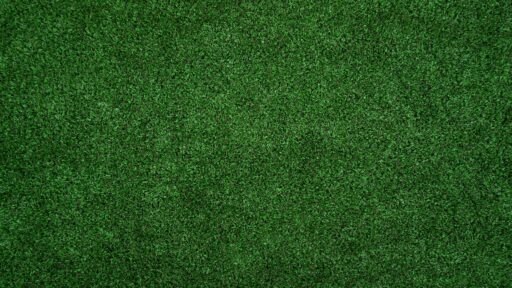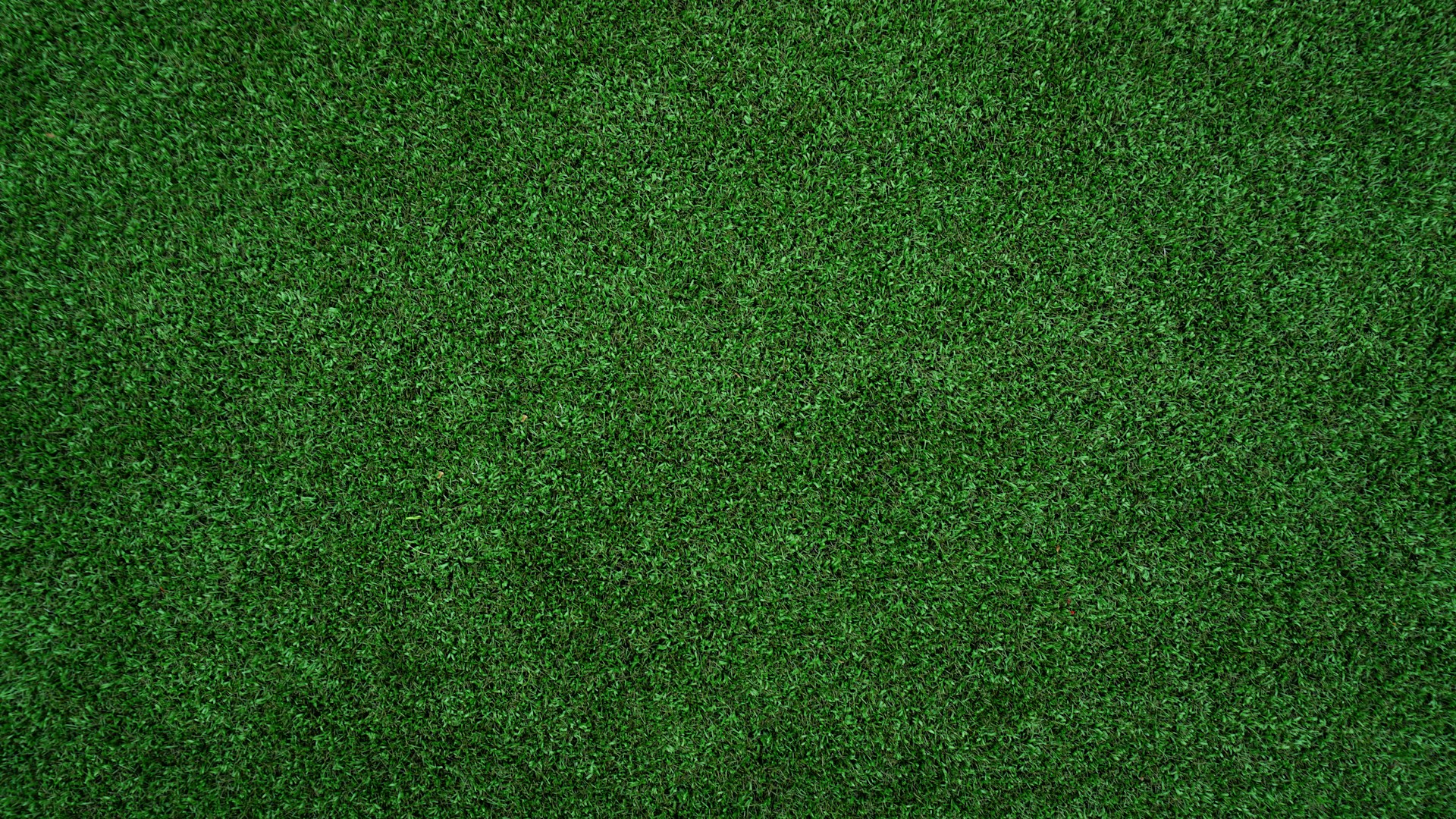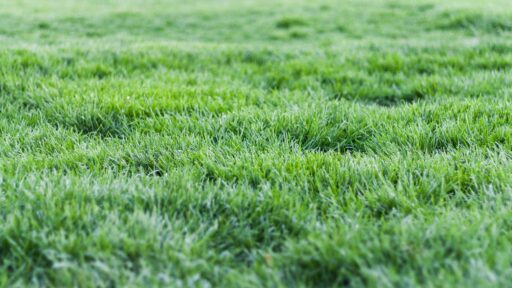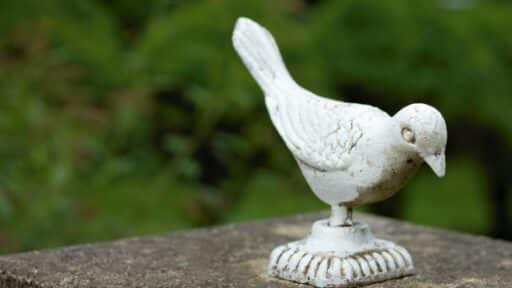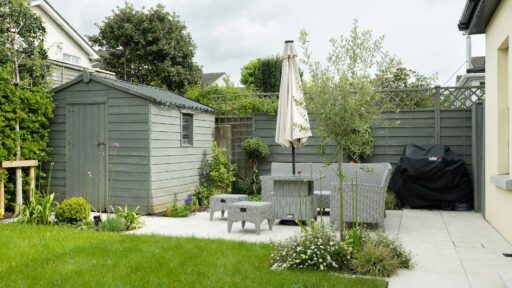Maintaining artificial turf is often seen as an easier, more cost-effective alternative to natural grass. However, a key component of artificial turf systems is the drainage system. Artificial turf drainage plays a critical role in ensuring the longevity and functionality of your turf. By properly managing water flow, artificial turf drainage systems minimize common problems like waterlogging, mold growth, and surface damage, ultimately saving time and money for owners and operators of sports facilities, parks, and residential lawns.
Introduction
Artificial turf is widely praised for its low-maintenance, durable qualities compared to natural grass. Unlike real grass, artificial turf doesn’t require constant mowing, fertilizing, or re-seeding. However, one of the most important aspects of artificial turf installation is ensuring that the drainage system is functioning properly. Without proper drainage, water can accumulate on the surface, leading to various issues such as mold growth, reduced playing conditions, and long-term damage to the turf.
Artificial turf drainage systems are designed to direct water away from the surface and into the ground, preventing pooling and ensuring a dry, safe, and playable surface. While these systems require initial installation and occasional maintenance, they ultimately save time and money by extending the life of the turf and reducing the need for repairs.
How Artificial Turf Drainage Systems Save Time and Money
Reduced Maintenance Efforts
One of the main advantages of having a well-functioning artificial turf drainage system is the significant reduction in maintenance efforts. Inadequate drainage causes water to pool on the surface, leading to waterlogging. Waterlogged turf can make the surface slippery, unstable, and unfit for use. If this issue is not addressed, it may require costly repairs and frequent cleaning. With an efficient drainage system, artificial turf is kept dry, preventing these problems from occurring in the first place.
Drainage for artificial turf helps eliminate the need for constant cleaning or drying of the surface. The water flows naturally through the system, eliminating puddles and keeping the turf in optimal condition. Without the hassle of removing excess water or waiting for the turf to dry, facility managers save time and effort, allowing the area to be used more frequently.
Longevity and Durability
Another key benefit of an effective artificial turf drainage system is its impact on the durability of the turf. Artificial turf is designed to withstand significant wear and tear, but without proper drainage, water can compromise its integrity. Waterlogged turf can cause the backing material to weaken and the fibers to deteriorate, leading to a shorter lifespan and more frequent repairs.
When water is properly drained through the system, the turf remains in top condition for a longer period. Artificial turf drainage systems also prevent the growth of mold or mildew, which can not only damage the turf but also cause unpleasant odors and health concerns. By investing in a reliable drainage system, owners ensure that their turf remains functional and safe for years to come, avoiding costly replacements or repairs.
Consistent Playability
Artificial turf with proper drainage offers consistent playing conditions, regardless of the weather. Traditional grass or clay courts can become muddy and uneven after rain, making them unplayable until they dry out. On the other hand, artificial turf drainage systems ensure that the water quickly moves through the surface and away from the playing area. As a result, the turf remains dry and playable even after heavy rainfall.
This consistent playability is particularly important for sports facilities that rely on constant use. Whether for tennis, football, or other sports, the ability to play on a reliable surface without worrying about weather-related interruptions increases the facility’s value and improves user satisfaction. Furthermore, facilities that offer consistent play conditions can see increased bookings, higher customer retention, and better overall performance.
Lower Water and Energy Costs
Another often-overlooked benefit of artificial turf drainage is its impact on water and energy savings. Traditional grass surfaces require regular watering to keep them healthy, especially in dry climates. However, artificial turf doesn’t need irrigation, and a well-maintained drainage system prevents water from pooling, reducing water wastage. This translates into lower water bills, especially for larger areas like sports fields or commercial facilities.
Additionally, the absence of excessive water use means that less energy is needed for pumps, irrigation systems, and water management. This reduction in water and energy consumption results in long-term cost savings, making artificial turf with efficient drainage a more environmentally friendly and cost-effective choice in the long run.
Fewer Repairs and Replacements
As mentioned earlier, artificial turf drainage systems help prolong the life of the turf by preventing water-related damage. Without an efficient drainage system, turf can become damaged by waterlogged conditions, leading to uneven surfaces, worn-out fibers, and the need for costly repairs. Grass and clay courts, by comparison, require frequent repairs for things like reseeding, grading, and resurfacing.
With proper drainage, artificial turf doesn’t require the same level of upkeep. The drainage system ensures that water doesn’t accumulate and cause damage to the fibers or backing, reducing the need for costly fixes. Furthermore, the reduced risk of mold and mildew growth also cuts down on maintenance costs. As a result, owners spend less money on repairs and replacements over time.
Key Features of Artificial Turf Drainage Systems
An efficient artificial turf drainage system consists of several key components designed to work together to ensure water flows away from the surface and into designated drainage areas. Here are some of the primary features:
1. Permeable Base Layers
The foundation of any artificial turf drainage system is the base layer, typically made of crushed rock, gravel, or sand. These permeable materials allow water to flow freely through the turf and into the drainage pipes below. This layer provides stability to the turf while also ensuring that water does not accumulate and create drainage problems.
2. Perforated Backing
The turf itself often comes with a perforated backing that allows water to pass through it. This backing helps direct water down into the base layers and ensures that the surface remains dry. Properly perforated backing is essential for preventing surface water buildup.
3. Drainage Channels and Pipes
In addition to the base and backing, artificial turf drainage systems often incorporate drainage channels or pipes that direct water to a storm drain or drainage pit. These channels are usually laid under the turf and provide a way for water to move quickly away from the surface, preventing water from accumulating.
Conclusion
Artificial turf drainage systems are a vital part of maintaining a functional and long-lasting artificial turf surface. With their ability to reduce maintenance efforts, increase longevity, and improve playability, these systems provide excellent value for sports facilities, parks, and residential lawns. By ensuring water flows properly through the system, owners can avoid common issues like waterlogging, mold growth, and surface damage, saving both time and money in the long term.

